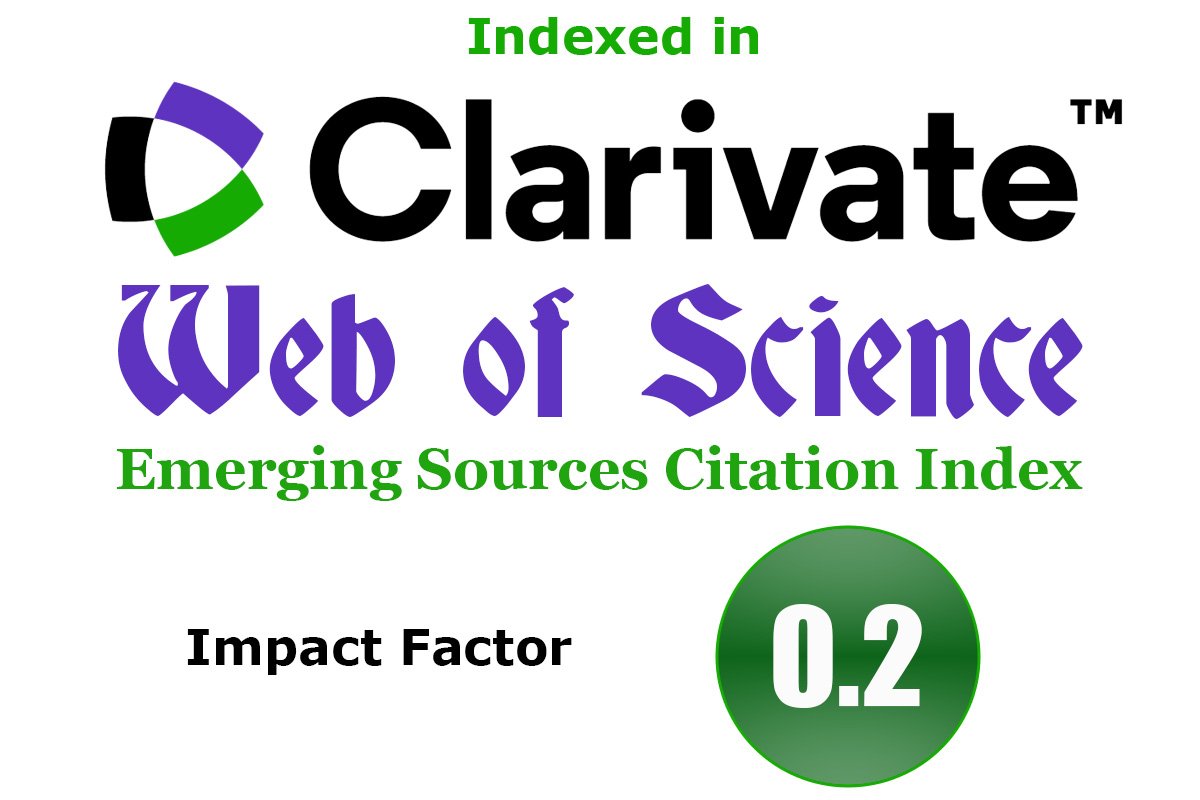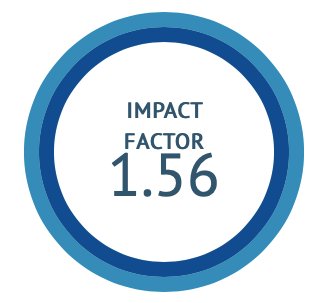Integrated Approach of Panchakarma and Viddha karma for the Management of Carpal Tunnel Syndrome: A Case Report
DOI:
https://doi.org/10.47552/ijam.v16i1.5485Keywords:
Ayurveda, Carpal Tunnel Syndrome, Panchakarma, Viddha karma, Pain managementAbstract
Background: Carpal Tunnel Syndrome (CTS) is a peripheral neuropathy that most commonly impacts the median nerve, characterized by pain, numbness, and tingling along the pathway of the median nerve. The prevalence of CTS is estimated to range between 4% and 5%. As the condition is prone to recurrence, there is a need to adopt management approaches that provides significant results. The clinical features of CTS can be correlated with Vata vyadhi in Ayurveda. Aim & Objective: To evaluate the efficacy of Panchakarma therapy and Viddha Karma combined with Yogaraja guggulu, Trayodashanga guggulu, Asthiposhak vati, and Sukhasarak vati in managing CTS by using Boston Carpal Tunnel Questionnaire (BCTQ) score. Methodology: A case report of 52-year-old male patient presented with pain in the right hand, accompanied by numbness, tingling sensations, and difficulty in performing routine activities for 3 months. On examination Tinel’s sign, Phalen’s maneuver were positive, with high BCTQ score, Visual Analogue Scale scored 7, and was advised to perform nerve conduction study. He was diagnosed with CTS with nerve conduction velocity less than 40 m/s. Panchakarma procedures such as Sthanik snehan (localized massage) with Nirgundi Taila, Shashtikshali pinda swedan (sudation with medicated cooked bolus of rice) for 15 days and 3 sittings of viddha karma (Dry needle puncture) at the interval of 5 days, along with internal Ayurvedic medications as mentioned above were adopted for 21 days. Results: Following the treatment, significant improvement was observed in all symptoms, with 67.5% relief in symptoms as reflected by BCTQ scores. Conclusion: Panchakarma therapy and Ayurvedic medications are effective in managing CTS.
Downloads
Published
How to Cite
Issue
Section
License
Copyright (c) 2025 International Journal of Ayurvedic Medicine

This work is licensed under a Creative Commons Attribution-NonCommercial-ShareAlike 4.0 International License.
The author hereby transfers, assigns, or conveys all copyright ownership to the International Journal of Ayurvedic Medicine (IJAM). By this transfer, the article becomes the property of the IJAM and may not be published elsewhere without written permission from the IJAM.
This transfer of copyright also implies transfer of rights for printed, electronic, microfilm, and facsimile publication. No royalty or other monetary compensation will be received for transferring the copyright of the article to the IJAM.
The IJAM, in turn, grants each author the right to republish the article in any book for which he or she is the author or editor, without paying royalties to the IJAM, subject to the express conditions that (a) the author notify IJAM in advance in writing of this republication and (b) a credit line attributes the original publication to IJAM.




